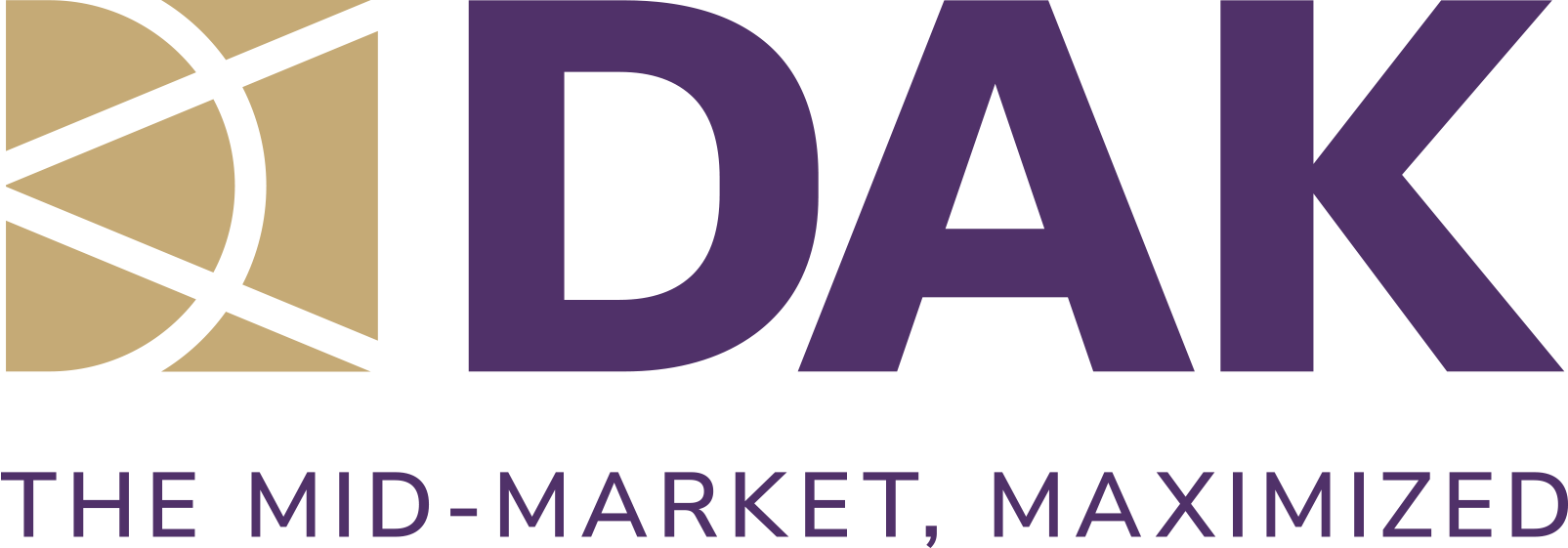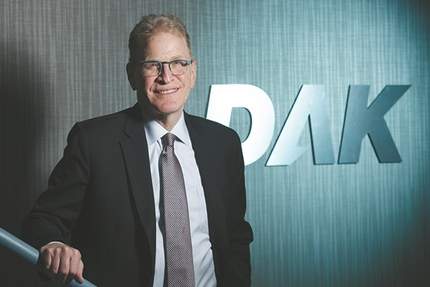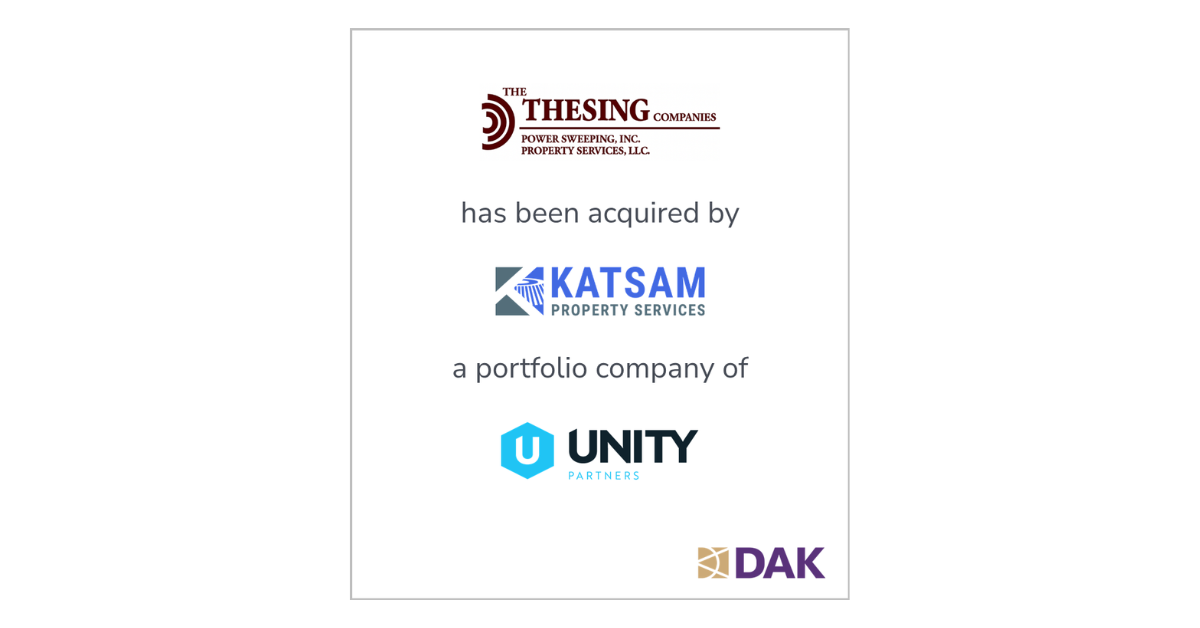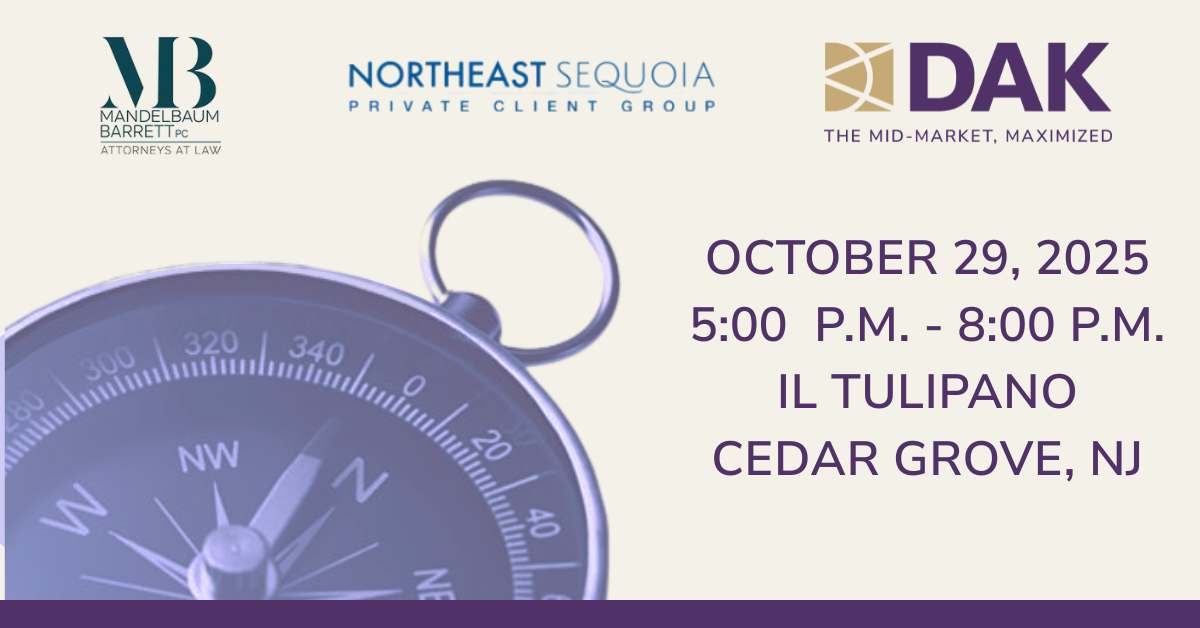Private equity firms have been on the hunt for middle-market companies, and that’s pushed M&A activity in New Jersey to record highs during the past year.
That’s the word from Alan Scharfstein, CEO of DAK, a middle-market advisory firm based in Rochelle Park.
Some 85 percent of businesses in New Jersey are small to midsize companies by revenue. So with DAK Group data showing a big M&A pop in middle-market companies regionally, New Jersey’s business community figures in that significantly.
A recent DAK report showed industrials and financial-services companies as the top sectors for M&A throughout the Northeast, with technology and health care the next most-active segments.
DAK recently tracked roughly 3,000 of last year’s M&A deals in the Northeast, accounting for 42 percent of all middle-market M&A deals in the U.S. in 2017. By comparison, the Midwest saw 2,300 transactions and the Western U.S. just under 2,000.
M&A activity among software companies and other technology operations toted the most expensive valuations, with multiples more than eight times cash flow. Industrials saw the second-highest multiple of 7.4, and the average multiple across all industries was 6.7.
Scharfstein said his firm advised on 30 of the closed deals in 2017, up from 20 in 2016.
Private equity firms are aggressively seeking to invest money in profitable middle-market companies, he said.
“The only two options that business owners had 15 years ago was to either own or sell your business to a strategic buyer,” Scharfstein said. “Today, however, private equity firms can take some chips off the table for them, or business owners can get them to be a partner for financial backing. … They are knocking on business owners’ doors and talking to them about selling their business.”
Struggling retailers also figure in the regional surge in M&A.
“We’re seeing a lot of distressed situations coming up in the big-box companies, and we’re also seeing manufacturers who supplied those stores becoming distressed,” Scharfstein said. “Companies are being forced to do this because they have too much debt and because the retail space is going through a significant period of disruption.”
But a generally strong economy represents another driver.
“We’re looking at record-high balance sheets and a growing stock market,” he said.
“A lot of business owners want to take at least some money off the table now while the going is good.” Meantime, the average age of business owners who are looking to sell has lowered dramatically, said Scharfstein.
“When we did that survey 15 years ago, the average seller was 67 years old,” he recounted. “They had no kids that were going to run the business, so those business owners looked to sell the business and ride off into the sunset. Last year however, the average age was 52. That’s a fairly dramatic trend.
“Business owners perceive more risk in running their business than ever before. It used to be that when you ran a business, you produced a good product at a fair price, treated your customers well and you’d expect your customers to be their today, tomorrow and into the future.
“Today, business owners have new challenges. They see customer concentration and new technologies. They see disruptive technologies and they see increased foreign competition coming in. They see all of these things and ask themselves, ‘how of this risk do we want to take on?’ And then they think that it might make sense to sell all or part of our business a little bit earlier to take some chips off the table.”
CLICK BELOW FOR:
PRINTABLE VERSION





